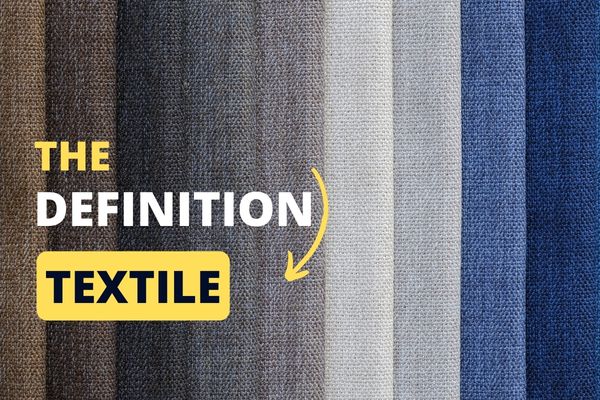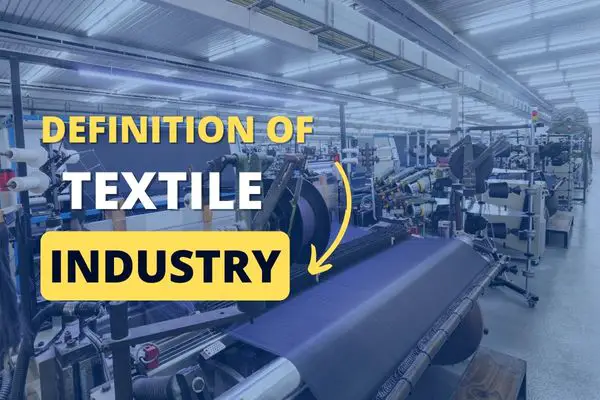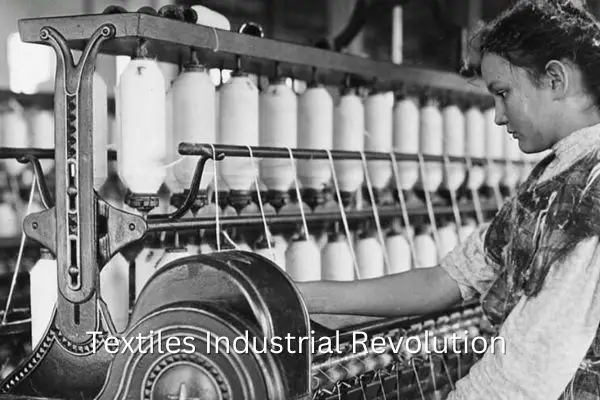Textile is mainly referred to as materials composed of natural, synthetic, or a combination of both fibers, thin threads, and filaments. Fabric and cloth are the basic products of textiles. But most of people don’t know what is textile is. And the exact definition is not familiar to most textile professionals and students as well.
There is a huge range of textile fiber types easy to find, and they can be divided into natural (organic) fibers and man-made (synthetic, industrial) fibers. Most importantly, knowledge of textiles is mandatory because producing quality products is the aim of our industry. So, in the textile industry noticing the manufacturing of every fibre and fabric is crucial.

Definition of Textile According to TT&D
A general term applied to any manufacture from fibers, filaments or yarns characterized by flexibility, fineness and high ratio of Length to thickness
Textile Institute’s Terms and Definitions Glossary
What is Textile?
Textiles meaning: The term “textile” is quite common and refers to numerous sorts of fiber (including jute, cotton, wool, silk, etc). A textile is a flexible material produced from different types of natural or synthetic fibers.
Simple Textile Definition: Any material made of interwoven fibers is referred to as a textile. The word is derived from the Latin textilis and the French verb texere, both of which imply “to weave,” and it was originally applied to woven garments.
Fabric and cloth are two of the common words used in the textile sector and these two words seem to be almost the same. However, Fabric is a general term for any material created through weaving, knitting, crocheting, or bonding. Any substance made of interwoven fibers is referred to as a textile. And a finished piece of fabric that may be utilized for a variety of applications, such as manufacturing clothing, industrial usages, or even geotextile.
If we talk about antique Egyptian times, textiles were used as valuable crafts and at that time the manufacturing techniques were very different from the modern ways. As their techniques and speed were a bit unique from current times, methods are now no longer the same like ancient times.
Definition of textile industry

The textile industry refers to a term that includes the production, processing, manufacture, design, and distribution of fabric. It encompasses a wide range of products, from traditional materials such as cotton and wool to synthetic fibers like polyester and nylon. The raw materials of these products could be natural or artificial. The industrial revolution in the 18th century led to the mass production of garments, leading to the development of the textile industry.
Definition of textile technology
The branch of technology that discusses the productivity and efficiency of textile production from fiber spinning to finished textile products is known as textile technology.
Textile mill
The textile mill is mainly a factory where fabrics and other production processes or manufactured. However, there are several manufacturing types of equipment in a textile mill. Textile mills can convert yarn to fabric and fabric to yarn through recycling. Specifically, a textile mill has facilities to turn a basic fabric into a finished product. It has also cleaning and dying facilities. Some mills are highly privileged to make printed or embroidered fabric. Nowadays, perfectly qualified employees are working in different mills as mills are being required new machines with technologies.
Post Industrial Revolution
Fabric and clothes were generally produced in homes for private use or by individuals for small-scale resale earlier in the Industrial Revolution. Before the 18th century, people work harder hand in hand in exchange for wages. The post-industrial era is marked by invisible yet irreplaceable services, especially in the fields of finance and information. It heavily depends on technological advancement, creative thinking, and artistic talent.
Textiles Industrial Revolution
During the Industrial Revolution (1760–1840), the production of textiles changed from being a cottage industry to one that was heavily technologically advanced.

People were only required to ensure that the carding, spinning, and weaving machinery were not knocked down. Many skilled textile workers lost their jobs as a consequence of the appearance of machines. Which were typically driven by water wheels and eventually steam engines.
Despite the creation of new, less skilled occupations, the bad working conditions in textile mills encouraged the rise of the labor movement and led authorities to establish legislation to protect the well-being of people who ensured the machines remained rolling.
Wrap up
Day by day, the importance of the textile industry is consistently increasing. The revolution teaches us that the use of textiles is undoubtedly an essential part of human civilization. Brand-new textile technologies will never make us upset to reveal unique ways of manufacturing textiles.
